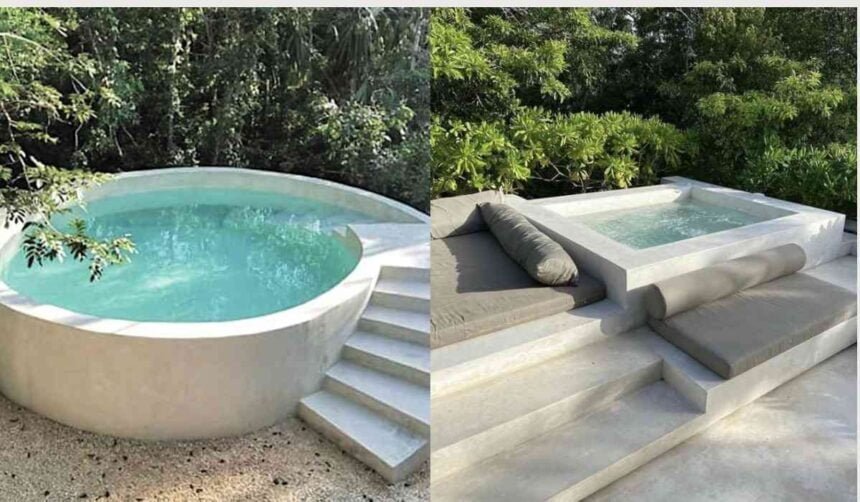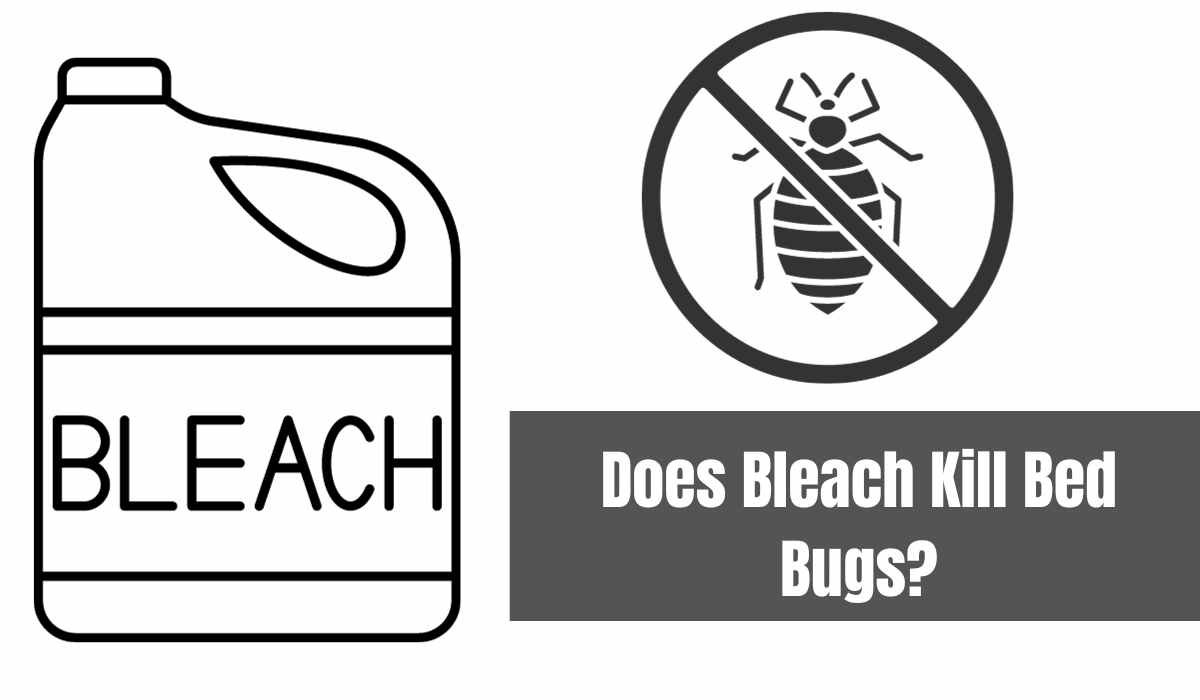Plunge pools, often called swim spas, are smaller than standard swimming pools but are still large enough to do laps in and get a good workout in. The typical length and depth of a plunge pool is 12-15 feet and 4-7 feet, respectively.
They don’t need as much room or upkeep as a big pool, but you still need to make sure the water is clean and the equipment is in good working order. Here are a few of the most important things you can do to keep your plunge pool in pristine condition and free of hazards.
1. Regular Skimming and Brushing
Leaves, bugs, and other floating debris may clog up a pool quickly, so it’s vital to use a skimmer net to skim the water’s surface at least once a day. Pool algae and mineral deposits can be removed by scrubbing the walls and floor with a pool brush.
Don’t forget to give those nooks and crannies your undivided attention. Water pollution can be avoided and optimum clarity maintained with regular skimming and brushing.
2. Monitoring and Adjusting Chemical Levels
Keeping the water at the right pH and sanitization levels requires weekly or biweekly chemical checks and additions. Test the water for pH, alkalinity, and chlorine/bromine with a test strip.
The ideal ranges to aim for are 1-3 parts per million (ppm) for chlorine and 2-4 parts per million (ppm) for bromine, with a pH of 7.2–7.6 and an alkalinity of 80–120 ppm.
Chlorine, pH adjusters, and alkalinity boosters can be added as needed. Algae and illnesses are avoided when the water’s composition is stable.
Related: Benefits of Plunge Pools: Why More Homeowners are Opting This
3. Changing the Filter Cartridges
The filter cartridges need to be washed every two weeks and replaced every two to three months. Filters that haven’t been cleaned in a while let more impurities into the water. Filter efficiency is maintained by routine replacement.
Before removing cartridges, make sure the pump is turned off. Please wash completely before putting away again. Keep extra sets of cartridges on available so that repairs may be done quickly and easily.
4. Shocking the Water
The water in a swimming pool should be superchlorinated once or twice a month using a pool shock treatment. The high concentration of chlorine is effective against chemical-resistant microbes, algae, and other contaminants that regular chlorination may miss.
Shock the plunge pool water by adding it straight, then let the filter run for 24 hours. The pH levels can be maintained after prolonged use by shocking the system.
5. Cleaning the Interior
At least once a week, scrub the walls, floor, and any bench seating using a pool surface cleanser. This eliminates the potential for biofilm and dirt to clog the system and lower water quality. Clean the inner tiles gently using a nonabrasive sponge or soft brush to avoid scratching them.
Using a pumice stone to get rid of tough stains or mineral deposits is sometimes necessary. Keeping the inside clean will help prevent the need for costly repairs down the road.
6. Checking and Replacing Parts
Pumps, filters, skimmer baskets, and other machinery should be checked often to ensure they are working properly. Keep an ear out for any squeaks, creaks, or other strange sounds that could indicate damage. Fix or replace everything that is damaged or failing.
It is more cost- and time-efficient to catch little problems on a regular basis, rather than waiting for them to balloon into big repairs. In the event of technical difficulties, professional specialists can assist with diagnosis and repair.
7. Testing the Water
While at-home test strips are convenient for daily or weekly monitoring, professional water analysis should be performed no less than twice a year.
They use high-tech machinery that may pick up traces of pollutants, bacteria, metals, minerals, and more that home testing kits and strips miss.
To make sure no hazardous substances are accumulating up over time, scientists conduct annual baseline tests. After making any substantial changes to the system or chemicals, testing is essential.
Related: How Plunge Pools are Different from Regular Pools?
8. Draining and Refilling
Depending on the frequency of use, a plunge pool’s water should be changed out around once every three to six months. This dilutes any lingering organic or inorganic substances that standard cleaning methods could miss.
When you refill it with clean water, the mineral, hardness, alkalinity, and pH levels will all return to normal. If you don’t use your pool year-round, draining it and refilling it at the start of each season is the most convenient option.
9. Off-Season Maintenance
If you live in a cold region and have to seal your plunge pool for the winter, make sure you take the right precautions to keep it safe from the weather and have it ready for use come spring.
To prepare the pipes and machinery for compressed air blowout, drain any water. To prevent pipes from freezing, use pool antifreeze. Put a safety cover over the pool and secure it all the way around.
Remove any obstructions and clear a path for water to flow away from the deck cover. Refill the pool only after a thorough cleaning and chemistry test have been performed.
10. Calling in Professionals
Though pool owners may do a good portion of routine maintenance themselves, they are well-advised to have specialists inspect and repair their pools at regular intervals.
They are equipped with the expertise, equipment, and materials necessary to keep your plunge pool in pristine condition. Cleaning, checking, repairing, and other tasks are easier when handled by experts.
Give them an account of past repairs, and be sure to highlight any issues you noticed. Scheduled maintenance from an expert allows for early detection and correction of any issues.
The Bottom Line
You may swim and work out in the comfort of your own garden all year round if you install a plunge pool. However, in order to maintain a healthy and hygienic swimming environment, regular maintenance and cleaning are required.
If you follow these guidelines, your water will always be clean and fresh, your machinery will function smoothly, and your interior will be pristine. Your small plunge pool can last for many years if you maintain it properly.
Keep detailed records of whatever upkeep you do, and call in the pros when you notice something is off.


